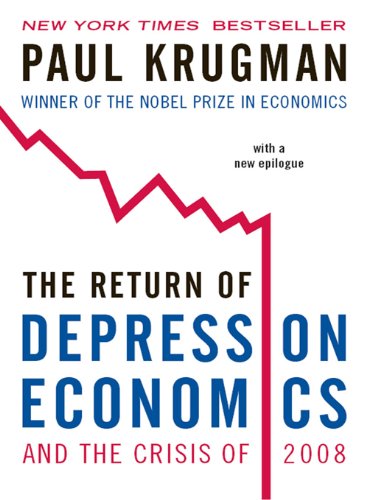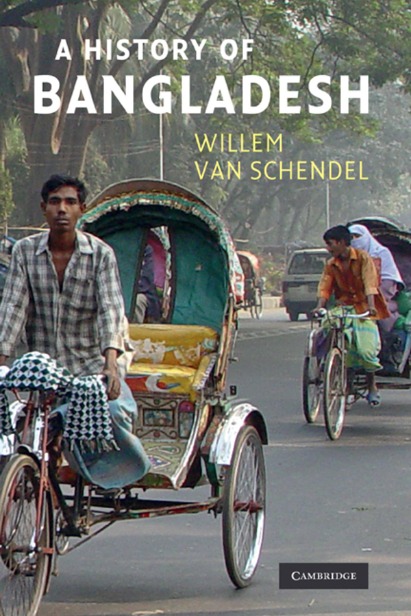The Loss of Hindustan: The Invention of India, Manan Ahmed Asif, Harvard University Press, 2020, pp. 321, ISBN: 978-0-674-98790-6
India experienced its most visible shift from secularism when on 6 December 1992, a crowd of around 150 thousand swarmed over the 16th century Babri Masjid in Ayodhya and razed it to the ground claiming it was the exact birthplace of Rama. In the ensuing Hindu-Muslim riots that rocked many large cities in India, thousands lost their lives. In Mumbai alone, 900 people died when members of Shiv Sena, a right-wing party in Maharashtra, rampaged through a predominantly Muslim slum Behrampada. The destruction of Babri Masjid marked the starting point for the rapid Hinduization of India. In 1996, the Bharatiya Janata Party (BJP), the party that, alongside Vishva Hindu Parishad, organized the mob in Ayodhya, became the largest parliamentary party. Two years later, BJP formed a short-lived government. In 2014 it won a landslide general election victory while led by the former Chief Minister of Gujarat Narendra Modi, under whose leadership killings, rapes and destruction of property occurred in inter-communal violence that rocked the state in 2002 for which he was accused as having condoned it. Inter-communal violence, of course, being a euphemism for anti-Muslim pogroms.
Post-partition communal animosity and the ongoing Indo-Pakistani feud tend to superimpose the present onto the past and portray Hindu-Muslim relations as conflictual from time immemorial. The original sin is often traced back to the 11th century when Mahmoud of Ghazni invaded areas along the Indus River. Since then and until the arrival of the British, a Muslim polity had ruled over a Hindu society and transformed this ancient civilization. Current Hindu nationalists maintain that these Muslim rulers forcibly converted Hindus whose ancestry can be directly traced back to the first peoples of the land. Thus, India’s current citizens who profess the Muslim fate are, in fact, Hindus and are to be excluded from the Hindu Rashtra until they accept their common ancestry with the majority. The historical emphasis on communal difference threatens peace and inflicts unspeakable injustice, as is evident in countless pogroms and nuclearly charged rhetoric.
For this reason, Manan Ahmed Asif’s The Loss of Hindustan is an incredibly important book that sheds light on the origins of difference by critically examining historiography of the geographical region that now constitutes India, Pakistan and Bangladesh. It problematizes the tacit acceptance of an idea of Ancient India as proclaimed by the current Hindu majority. It asks how it came to be a valid belief, whereas notions of ancient Pakistan or Bangladesh remain laughable? His tracing of intellectual history is made more difficult because Ahmed Asif’s scholarship is counter-hegemonic. He peels away layers of colonial construction that came to be accepted as India to discover that it was colonization and its attendant intellectual endeavours that invented India and, through its invention, lost Hindustan. In seeking to uncover the invention of India, he traces the erasure of a concept of Hindustan and shows how “universal claims of history do specific violence to our understanding of the past in colonized geographies.” As he shows, Hindustan of yore was present India’s polar opposite.
The European project in India began what Ahmed Asif terms political forgetting – letting present prejudices attain ahistorical status and be portrayed as inherent in all of history. History writing itself, according to the author, is an active agent in political forgetting. Historiography contributed to the stripping away Hindustan of its geography, political community and history and naturalized colonial episteme that was later taken up by the nationalists seeking to create an ethnically and religiously pure state. Colonial language supplanted the language of the colonized and, in so doing, erased the historical record and transformed it according to colonial understanding, which was then presented to the colonized as authentically theirs.
In The Loss of Hindustan, Manan Ahmed Asif uses a late 16th and early 17th-century historian, Mohammad Qassim Hindu Shah, known as Firishta, to juxtapose how the inhabitants of a geographical area that was called Hindustan perceived themselves with how they were portrayed in later colonial literature. He specifically chooses Firishta not only because he was a great chronicler of his time, but because his scholarship preceded and overlapped with the colonial arrival of the Dutch, French, Portuguese, and English. In his work Tarikh-i Firishta, Firishta sets out to provide a comprehensive history of Hindustan in 10 books. He covers the people, the customs, the history of rulers, the geography and climate of each province in the land. He documents a political community that saw itself belonging to a geographically delineated area that was not separated along communal lines and whose consciousness of their difference based on language and custom was not adversarial. In fact, their difference was celebrated as the greatness of the whole. His work is also useful because it refers to other Hindustani historians who came before him. Ahmed Asif uses their work to further document the existence of non-communal Hindustan before the arrival of the colonial powers. It represented an archive of the past and showed a hospitable place where justice was meted out according to ethical considerations rather than ethnic affiliations.
The critical role of historiography in the construction of colonial episteme and its subsequent appropriation by nationalist elites is represented by the scholarship of colonial officials in India. Their translations of works of Hindustani historians transformed the history of the geographical space according to colonial understandings and marked the beginning of political forgetting. Notable among others was Lieutenant Colonel Alexander Dow, then an official at the East India Company, who translated parts of Firishta’s work and provided dissertations on the religions of Hindustan and the Moghul Empire. Dow’s essays and the works of other colonial officials presented history solely through the lens of communal allegiances and reduced Hindustan to the question of political power. Their works created a historiographical division between Muslim-kings and Hindu-kings, Muslim oppressors and the oppressed Hindus.
Furthermore, their works created a timeless India, existing harmoniously over thousands of years in history whose inhabitants were slaves to custom. Muslim invasions punctured the continuity of India. In creating this difference, the colonial officials effectively created two separate political and historical identities based on linguistic and religious identities. Given that the British encountered Moghul emperors, who were Muslims, in an area also peopled with Hindus, the colonial administrator deduced that the Hindus were suffering at the hands of Islamic rulers. This was merely an extension of their deeply held belief in the intrinsic animosity between Islam and Christianity, dating back to the Crusades. As Dow maintained, “in the history of Hindustan…the people of Great Britain may see a striking contrast of their own condition; and whilst they feel for human nature suffering under despotism, exult at the same time, in that happy liberty, which they enjoy.” These colonial portrayals were strikingly opposite to how Firishta and other Hindustani historians described their communities.
The impact of colonial episteme was far-reaching and spread across the European continent through which it entered universal history. As Ahmed Asif shows, Dow’s works were used by Voltaire in his writings on universal history, Kant in his lectures on the philosophy of history, and others who portrayed this colonial imaginary as natural laws of the philosophy of history. Hindustan of Firishta was erased through this robust colonial infrastructure of knowledge that came to dominate and be used as a true representation of the political communities.
Colonial knowledge was accumulated, catalogued, systematized and stored in imperial capitals and was used to construct a colonial culture that spread colonial understandings of the colonized. Manan Ahmed Asif’s work is thus crucial in understanding the potential methodology that can be used to decolonize the philosophy of history and liberate the people who still remain held in colonial chains. Labour movements in both can use it to deconstruct colonial identities based on communalism and build new ones based on class solidarity.




